Thai Roasted Sweet Potato, Carrot and Ginger Soup
This post shares a full recipe from my recently published book as well as information on the many health benefits of sweet potatoes and how to grow them regeneratively in the garden
One of our favorite ways to enjoy several of our best producing crops (ginger, carrots, cilantro, sweet potato and chili peppers) is Thai Sweet Potato Soup. Typically, around mid winter we use the last of our stored carrots, sweet potatoes, ginger (and many other ingredients) to make a huge batch of this super nutritious, warming, delicious and inviting soup.
We first begin by roasting the sweet potatoes, carrots, onions and ginger with coconut oil, spices and black pepper. We then proceed to build a rich veggie broth and add all the roasted ingredients simmer to marry the flavors, add coconut milk, lime, red curry and chilis and then blend until smooth. We like to serve it with some fresh cilantro, diced (or dried) chilis and roasted nuts on top.
To make it into a full meal (that covers all the nutritional bases) we add diced fresh greens and cooked amaranth, quinoa, beans or lentils. This soup freezes well and is a wonderful way to bring the bright flavors and nutrition from the summer and autumn garden into the winter and early spring.
This soup is now one of our favorite comfort foods of all time. It was invented out of necessity in 2016 when we managed to grow over 50 lbs of organic sweet potatoes in a single 30 ft long mounded row (with about 15 plants) in our backyard.
One can only fit so many cured sweet potatoes in the cupboard!
We also happened to be growing a substantial amount of carrots and ginger that year. Combine that with our love for cilantro, lime, and capsaicin and you get this. Our first batch filled two massive stock pots (and after tasting it we quickly scribbled the ingredient ratios on a notepad) but this recipe has been sized down for a more reasonable amount. It's smooth and yet it has attitude. Great with Thai curry or without and it is fantastic served with a thick slice of homemade sourdough slathered in organic coconut oil. Freezes well, and will keep in the fridge for at least 10 days.
Ingredients:
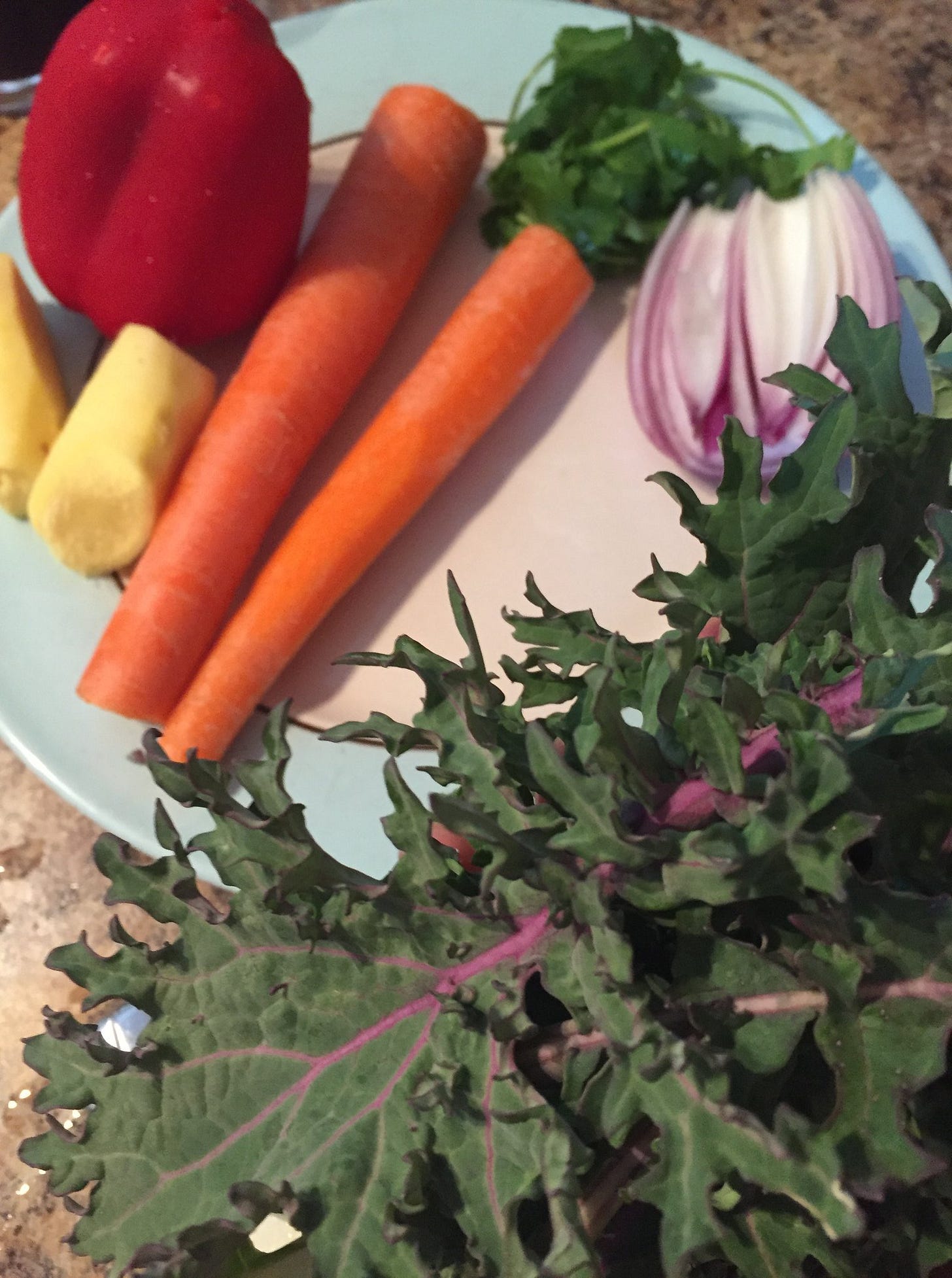
- 2 large sweet potatoes (or 3 medium)
- 2 pounds of carrots
- 2 medium yellow onions (diced)
- 1 ½ tbsp red curry paste (omit for a more mellow version of the soup)
- 5 to 6 tbsp diced fresh ginger rhizome (aka “root”)
- 2 celery stalks
- 2 cans of coconut milk
- 1 ½ tbsp Tamari (or soya sauce)
- 2-3 limes
- 1/2 cup of packed with diced fresh cilantro
- 8 cups of veggie or chicken broth
- Unrefined Coconut Oil for cooking
- a small handful of wakame flakes or finely diced kombu
- 1 teaspoon ground coriander seed
- Kale to taste (optional)
- (optional) 2 hot red chilies (diced)
- (optional) 1 or 2 cloves of garlic (minced)
- (optional) chopped peanuts, almonds or cashews to garnish
Directions:
Set oven to convection roast at 350. Wash, peel and cut sweet potatoes and carrots into large chunks and place on a large baking dish. Drizzle with coconut oil and sprinkle on some black pepper. Place in oven and roast for 20-30 min or until they begin to soften and get crispy edges. While the carrots and sweet potatoes are roasting dice up the onions, ginger, wakame/kombu and celery and add to a large pot with a splash of coconut oil.
Turn the heat to medium-high, cook until softened and then throw in the coriander seed, (red chilies if using), and fish sauce (or soya sauce) simmer for another couple of minutes before adding the broth.
Once the sweet potatoes and carrots are done remove them from the oven and allow to cool enough so they can be handled. Dice up the sweet potatoes and carrots and add to the pot.
Add ½ cup of cilantro and the juice of one lime then set to high heat and bring to a boil briefly before turning it back down to low. Then add the coconut milk and red curry paste, stir well and simmer on medium heat for about ten minutes (stirring every couple of minutes).

After ten minutes add the juice of another lime, mix well and then taste. If you like tangy and want more lime, add the third lime’s juice, if you like it as it is, omit the last lime. If you like a soup with some bite-sized pieces of veggies and varied texture then only blend half of the soup (mixing the blended half back in with the pot after processing) but if you like smooth and creamy, blend the entire soup in batches until it is emulsified. Serve garnished with a sprinkling of cilantro, sliced hot chilis, and peanuts (or cashews). Goes well with a big chunk of hearty bread. Enjoy!
Why Sweet Potatoes?
Well, first of all, they taste great and if I can grow them at home why not!!? :)
Secondly, because they produce not only extremely nutrient dense tubers, but also edible foliage!
Also, they look great in a container and can be used to pretty up your front yard!
I will give a basic explanation of how we grow out sweet potatoes below:
Sweet potatoes can be grown from starting your own "slips" (baby sweet potato vines) by taking a healthy (preferably organic) sweet potato from the store and either planting it half way covered in moist potting soil or suspending the sweet potato over a jar or glass of water with toothpicks so it is half submerged in water by a well lit window. After a couple weeks the sweet potato will set roots, and then usually put out multiple shoots (or "slips") which will grow their own foliage, once the 'slips' are at least 6 inches long they can be cut off at the base where they connect to the sweet potato and planted directly in an appropriate growing space, or put in their own jars of water where they will set roots and be ready for planting when weather warms up and/or you manage to get the container/ground prepared for planting.

Sweet potato plants are a subtropical plant that like slightly acidic, fertile warm soils. They produce beautiful edible foliage (that can be used like spinach would) and also have lovely purple/white flowers when the plant is healthy.

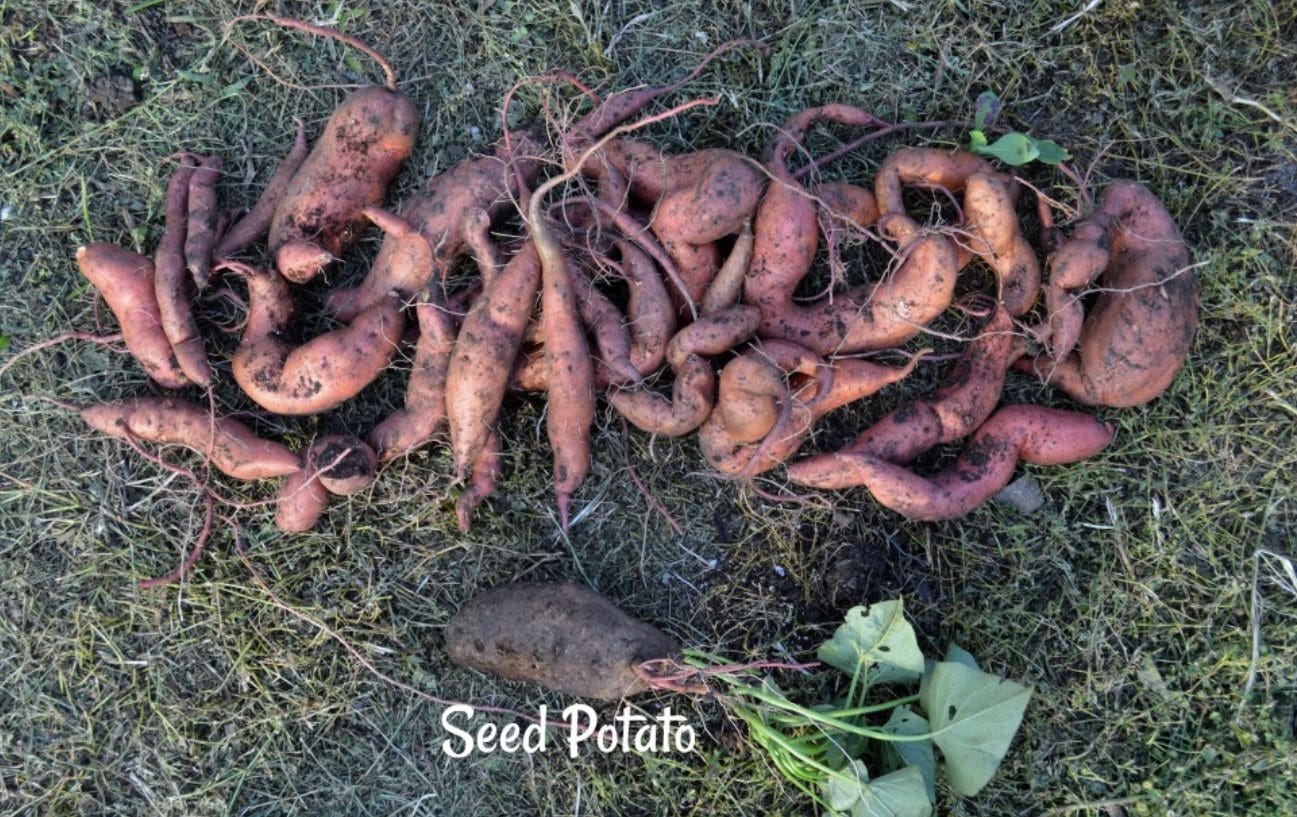
Just to give you an idea of how vigorous and productive these awesome plants can be (given good living soils and warm summer weather) I share the follwoing.
One time I forgot about a couple of potted sweet potato seedlings I had sitting in one of our raised beds (waiting to be planted when i was hoping i would get a day off back in June). The picture below shows what I found when I stumbled across them while harvesting amaranth flower heads in late summer.
Well, they weren't gonna let a neglectful human stand in their way! Those babies rooted right through the pot into the rich soil below and grew some mighty fine tubers in those tiny pots and underneath as well!
One had grown so much it literally bursted the pot open!. I suppose this accidental abundance does offer some potential ideas for stacking functions and maximizing productivity in limited square footage for the future so perhaps in this case my absent mindedness served a purpose.
In another instance I planted the sweet potato slips in a more intentional fashion in amongst the Amaranth (in a raised bed with deep soil due to inverted hügelkultur design) and also saw an amazing yield of both Amaranth seed, leaves, sweet potato leaves and tubers all in the same square footage!
I planted one sweet potato ("slip") and mini potato seedling right in the middle of my young self seeded amaranth patch in late spring just to see what would happen. This happened.
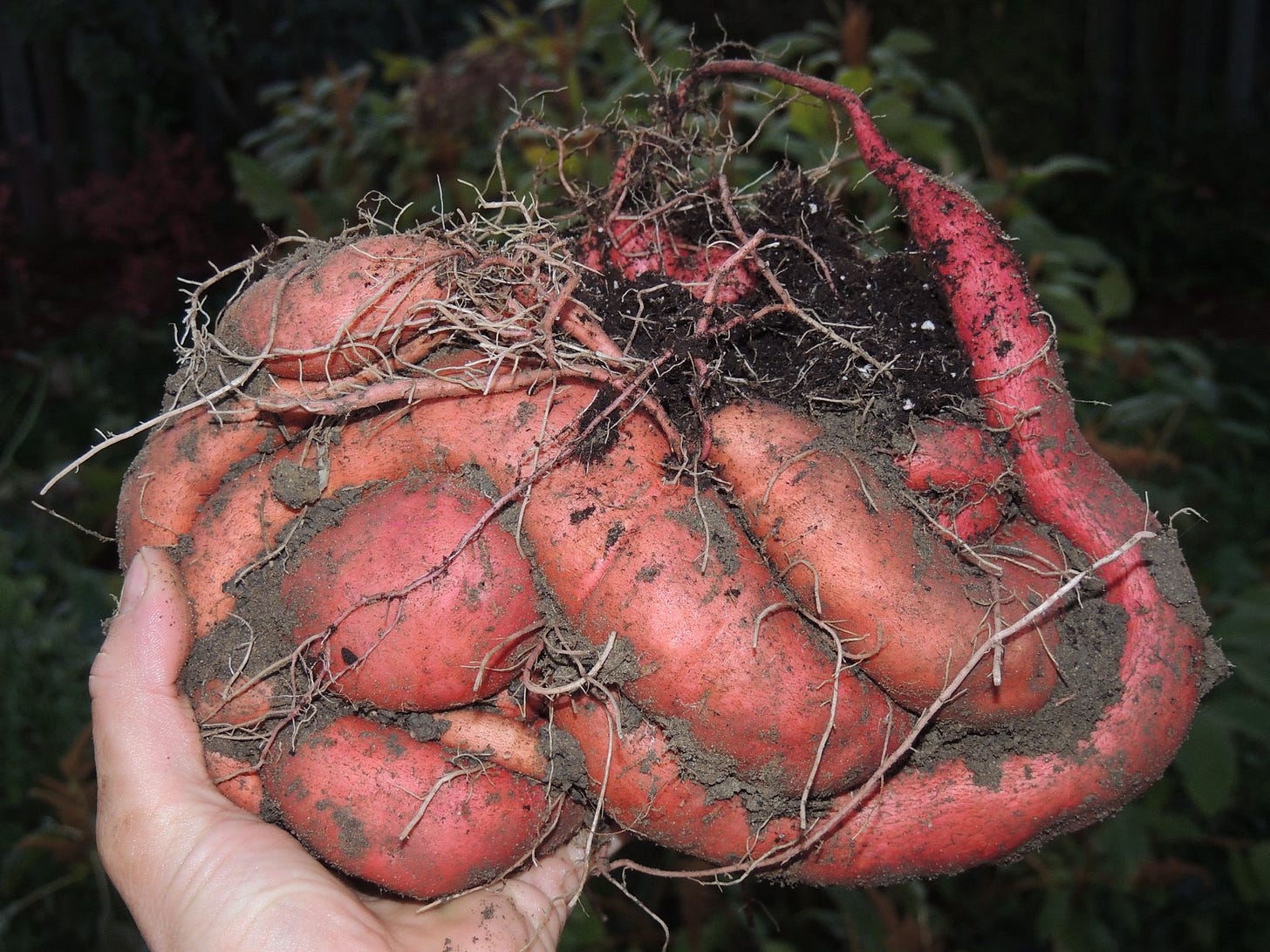

I had assumed that competing roots of such a large plant such as golden giant amaranth would seriously inhibit the growth of tubers in close proximity... but to my surprise they seem so co-exist and yield well grown in the same square footage.
As I was harvesting, I noticed that the sweet potatoes set the tubers much deeper than usual, with significant tubers starting only after over one and half feet deep in the soil (a similar depth for where I started finding mini potatoes). I am guessing that sensing the thick fairly shallow structure of the amaranth roots (a pic is attached below of amaranth root structure for reference) the potatoes decided to focus their energy deeper in the soil. Thanks to the growing space being a 2 year old inverted hugelkultur there was plenty of quality soil with great tilth down deep below the amaranth roots for these tubers to grow in.
For some footage of the raised bed that contained both Amaranth and Sweet potatoes (among many other things) and produced a solid harvest of both see:
The potatoes you see me harvesting in the pictures above came from directly underneath mature amaranth plants (6-8 feet tall). These root crops were not watered (just like the amaranth) and they are not the only other crops to have been grown amongst the thriving self seeded amaranth patch.
I will share a link for more in depth info on propagating 'sweet potato slips' and cultivating your own sweet potato patch.
- https://permaculturenews.org/2016/07/04/many-varied-reasons-putting-sweet-potatoes-garden/
- https://www.tropicalpermaculture.com/growing-sweet-potatoes.html
Growing sweet potatoes is quite easy and even people in zone 3 and up have had success with a combination of growing specific varieties that require a shorter growing season and/or using containers and other methods for creating soil and above soil growing condition microclimates.
Short-season sweet potato varieties include 'Beauregard', 'Covington', 'Centennial', and 'Georgia Jet.'
We are in zone 6 (or 7) depending on who you ask and we have had great success just using organic store bought sweet potatoes to propagate our own seedlings (called "slips") for planting in our garden. There are a couple methods for starting "slips" (sweet potato vines used as seedlings) from store bought sweet potatoes. One method is suspending the sweet potato (either whole or cut in half if its huge) half submerged in water in a jar/cup in a well lit window to encourage it to root and grow shoots (that are harvested to become the "slips" for planting in the garden.)
Another method is planting a "seed sweet potato" in some soil in a pot (either fully or half covered in soil) and letting it root and grow green shoots for harvesting and rooting that way. I will share some pics below to show how we do this.
The amazing thing about growing sweet potatoes in containers is that they can be grown almost anywhere (we have used garbage cans and fabric shopping totes both with great success). Sweet potato plants also produce beautiful purple and white flowers so they can double in their purpose as an ornamental. The leaves are an edible green that can be used like spinach, in soups or stir-fries so this plant has many functions in a garden space.
Given how effectively sweet potatoes can grow even in the same square footage as other crops like Amaranth (if the soil is deep enough via creating an inverted hügelkultur aka “dead wood swale”) this says to me that Sweet potatoes have great potential to be integrated into a food forest design as a productive edge crop. If one had a clearing on the sunny side of the outskirts of their food forest they could build a long trench where rotting wood and other organic matter could be added into order to emulate the raised bed I described above (but in a more elongated and perhaps on contour format). This would allow one to grow two nutrient dense sun loving crops in the same square footage.
Health Benefits of Sweet Potatoes
The sweet potato is an underground tuber. It grows on the roots of a plant known scientifically as Ipomoea batatas. It is rich in an antioxidant called beta-carotene, which is very effective at raising blood levels of vitamin A, particularly in children. Sweet potatoes are nutritious, high in fiber, very filling and have a delicious sweet taste. They can be consumed in a variety of ways, but are most commonly boiled, baked, steamed or fried. Sweet potatoes are most commonly orange, but are also found in other colors, such as white, red, pink, violet, yellow and purple. In some parts of the USA and Canada, sweet potatoes are called yams. This is a misnomer since yams are actually a totally different species.
Nutrition Stats
Serving Size: 1 medium-size sweet potato
* 2g protein
* 4g fiber (15% DV)
* 5g sugar
* 438 mg potassium (12% DV)
* 32mg magnesium (8% DV)
* 39mg calcium (3% DV)
* 0.8mg iron (3% DV)
* 61 mg phosphorus
* 3mg vitamin C (5% DV)
* 0.3mg vitamin B6 (15% DV)
* 18,443 IU vitamin A (386% DV
1. Antioxidant Nutrients in Sweet Potatoes offer a range of health benefits, including (but not limited to Radioprotective benefits):
Sweet potatoes contain a wealth of orange-hued carotenoid pigments. In countries throughout Africa, in India and in the Caribbean, sweet potatoes have been shown to be a highly effective way of providing school age children with sizable amounts of their daily vitamin A. In some studies, sweet potatoes have been shown to be a better source of bioavailable beta-carotene than green leafy vegetables. Because sweet potatoes are available in many countries on a virtual year-round basis, their ability to provide us with a key antioxidant like beta-carotene makes them a standout antioxidant food.
According to the results obtained in one study, it was concluded that sweet potato (through its antioxidant activities) protects cellular membrane from radiation induced oxidative damage in animals and preserve the integrity of tissue functions.
Yet beta-carotene only begins to tell the story of sweet potato antioxidants.
Recent research has shown that particularly when passing through our digestive tract, sweet potato cyanidins and peonidins and other color-related phytonutrients may be able to lower the potential health risk posed by heavy metals and oxygen radicals. That risk reduction might be important not only for individuals at risk of digestive tract problems but for all persons wanting to reduce the potential risk posed by the presence of heavy metal residues (like small amounts of mercury or cadmium or arsenic) in their diet. Storage proteins in sweet potato also have important antioxidant properties. These storage proteins—called sporamins—get produced by sweet potato plants whenever the plants are subjected to physical damage. Their ability to help the plants heal from this damage is significantly related to their role as antioxidants. Especially when sweet potato is being digested inside of our gastrointestinal tract, we may get some of these same antioxidant benefits.
2. Anti-Inflammatory Nutrients in Sweet Potatoes:
Anthocyanin and other color-related pigments in sweet potato are equally valuable for their anti-inflammatory health benefits. In the case of inflammation, scientists understand even more about the amazing properties of this tuber. In animal studies, activation of nuclear factor-kappa B (NF-kB); activation of inducible nitric oxide synthase (iNOS), and cyclooxygenase-2 (COX-2); and formation of malondialdehyde (MDA) have all be shown to get reduced following consumption of either sweet potato or its color-containing extracts. Since each of these events can play a key role in the development of unwanted inflammation, their reduction by sweet potato phytonutrients marks a clear role for this food in inflammation-related health problems. In animal studies, reduced inflammation following sweet potato consumption has been shown in brain tissue and nerve tissue throughout the body. What's equally fascinating about color-related sweet potato phytonutrients is their impact on fibrinogen.

Fibrinogen is one of the key glycoproteins in the body that is required for successful blood clotting. With the help of a coagulation factor called thrombin, fibronogen gets converted into fibrin during the blood clotting process. Balanced amounts of fibrinogen, thrombin and fibrin are a key part of the body's health and its ability to close off wounds and stop loss of blood. However, excess amounts of these clotting-related molecules may sometimes pose a health risk. For example, excess presence of fibrinogen and fibrin can trigger unwanted secretion of pro-inflammatory molecules (including cytokines and chemokines). In animal studies, too much fibrin in the central nervous system has been associated with breakdown of the myelin sheath that surrounds the nerves and allows them to conduct electrical signals properly. If fibrin excess can trigger unwanted inflammation in nerve tissue and increase breakdown of the myelin wrapping the nerve cells (a process that is usually referred to as demyelination), health problems like multiple sclerosis (in which there is breakdown of the myelin nerve sheath) may be lessened through reduction of excess fibrinogen and/or fibrin. In preliminary animal studies, intake of sweet potato color extracts have been shown to accomplish exactly those results: reduction of inflammation, and simultaneous reduction of fibronogen levels.
3. Sweet Potatoes' Improvement of Blood Sugar Regulation:
Many people think about starchy root vegetables as a food group that could not possibly be helpful for controlling their blood sugar. That's because many people realize that food starches can be converted by our digestive tract into simple sugars. If foods are especially concentrated in starch, there can often be a risk of too much simple sugar release in our digestive tract and too much pressure upon our bloodstream to uptake more sugar. (The result in this situation would be an overly quick elevation of our blood sugar level.) What's fascinating about sweet potatoes is their ability to potentially improve blood sugar regulation—even in persons with type 2 diabetes— in spite of their glycemic index (GI) rating of medium. (Sweet potatoes are one of four WHFoods vegetables that have a GI ranking of medium. The other three vegetables are beets, corn, and leeks.) The 6.6 grams of dietary fiber in a medium sweet potato are definitely a plus in terms of blood sugar regulation, since they help steady the pace of digestion. But recent research has also shown that extracts from sweet potatoes can significantly increase blood levels of adiponectin in persons with type 2 diabetes. Adiponectin is a protein hormone produced by our fat cells, and it serves as an important modifier of insulin metabolism. Persons with poorly-regulated insulin metabolism and insulin insensitivity tend to have lower levels of adiponectin, and persons with healthier insulin metabolism tend to have higher levels.
4. Sweet potatoes can help manage stress levels Sweet potatoes contain a significant amount of magnesium, which is an essential mineral for normal body functioning.
One of the most important benefits of magnesium is that it helps reduce stress and anxiety. Studies have shown that an increase in magnesium deficiency in modern diets has resulted in a significant increase in the cases of depression reported across the world. For instance, some controlled studies have indicated that magnesium deficiency increases depression in women experiencing premenstrual symptoms. Magnesium deficiency and depression are linked because they both feature cell mediated immune responses and bodywide inflammation. Studies done on animal models have shown that an increase in magnesium intake protects the brain from anxiety and/or depression after a traumatic injury. Furthermore, studies on animal models have shown that a decrease in magnesium will result in an increase in anxiety related behaviors as well as depression in mice. In addition, magnesium has been found to reduce insomnia in older individuals. Insomnia is a trigger for stress, depression, and anxiety, which is unfortunate as more than 50% of elderly people suffer from some form of lack of sleep.
5. Sweet potatoes can help protect/prevent/manage cancer:
Studies have also shown that the purple fleshed sweet potato is especially effective in the fight against cancer. This variation of the sweet potato has elements that are able to inhibit growth of specific cancers that include breast cancer, gastric cancer, and colon cancer by inducing the cell death of these cancer cells. The vegetable’s high anthocyanin content is believed to be the reason behind the sweet potato’s anti-cancer activity when it comes to gastric and breast cancers. Other studies have conclusively shown that extracts from different parts of the sweet potato can also induce cell death in prostate cancer cells, ensuring that the cancer does not grow and spread to other parts of the prostate. Scientists have concluded that the anti-cancer activity of sweet potatoes when it comes to controlling prostate cancer is due to their high polyphenol content. The presence of carotenoids such as beta-carotene in sweet potatoes has also been reported as having a significant effect on reducing the risk of men becoming afflicted with prostate cancer. Beta-carotene has also been found to be effective in preventing and reducing the risks of individuals developing colorectal cancer.
6. Sweet potatoes can help guard against ulcers
An ulcer occurs when an inflamed tissue is shed from the mucous membrane or from the skin, and it can be quite painful. Studies on animal models have shown that the methanol extract from the root of a sweet potato can protect the gastrointestinal tissues from aspirin-induced ulcers. The results of these studies have proved that the sweet potatoes can be used in the treatment and management of peptic ulcers. Another study showed that the flour in the roots of the sweet potatoes helped in the prevention of ethanol-related ulceration in the stomach in animal models. The flour from the vegetable is reported to suppress gastric ulceration b reducing swelling in the surrounding tissues, and protecting the gastric wrinkles. In addition, extracts from the vegetable have been shown to have free radical scavengers, which are important in the healing of wounds inside the body.
Studies on the extracts from sweet potatoes have shown that the vegetable has chemicals that can help heal wounds and ulcers in the stomach. Thus, dietary consumption of sweet potatoes can be an effective treatment plan against major types of ulcers including ethanol and aspirin induced ulcers.
7. Sweet potatoes can help in minimizing the risk of cardiovascular diseases:
Oxidation in the body results in complications such as atherosclerosis, which in turn can lead to the development of a number of cardiovascular diseases. Leaf extracts from sweet potatoes were tested and scientists found that the high levels of polyphenols in the leaf extracts were able to suppress oxidation in humans, decreasing the chances of development of cardiovascular disease. Scientists believe that the leaves of the vegetable have considerable antioxidant properties because of their relatively high levels of radical scavenging activity, as well as a high amount of polyphenol compounds. The scavenging activity and the high levels of polyphenols contribute to its antioxidant properties and help in minimizing the risk of one developing a cardiovascular disease. Other scientific studies have shown that the high levels of anthocyanin in the purple fleshed sweet potato contributed to the vegetable’s ability to reduce the chances of coronary disease. In addition, sweet potatoes contain soluble dietary fibers, which have been strongly linked to reduced risk of cardiovascular diseases .
8. Sweet potatoes can help in regulating blood pressure
Sweet potatoes can help in controlling blood pressure because they are rich in both magnesium and potassium. Studies have shown that a higher intake of potassium results in a decrease in blood pressure, which then significantly reduces the chance of an individual developing a stroke or a coronary problem. Magnesium is also considered an effective dietary component in the prevention of hypertension, as well as its reduction in both pregnant and non-pregnant patients. In addition, other studies have found that magnesium deficiency in the body increases the risk factors for the development of hypertension. Sweet potatoes contain considerable amounts of both magnesium and potassium, both of which are essential in the fight against hypertension. They also help regulate the blood pressure, which reduces the chances of individuals suffering from cardiovascular diseases.
9. Sweet potatoes can boost fertility:
The high doses of Vitamin A in sweet potatoes makes the vegetable ideal for consumption by women of childbearing age to enhance their fertility. Studies on animal models have shown that Vitamin A plays an integral role in improving reproductive performance. Research has also shown that a deficiency in Vitamin A can lead to secondary infertility in women of childbearing age. Sweet potatoes also contain a healthy dose of iron, which is a crucial mineral in promoting fertility in women of childbearing age. Reports indicate that anaemia, or iron deficiency, is a cause of infertility among women. These reports have shown that treating the iron deficiency by increasing dietary intake of iron usually results in women being able to conceive a few months to a year after the treatment. Other studies have found that an increase in dietary iron intake reduces the risk of ovulatory infertility. In addition, sweet potatoes contain high doses of vitamin A, which is essential in improving reproductive performance in women of childbearing age.
10. Sweet Potatoes Help With Heavy Metal Detox:
The incredible thing about plants is that they’re hurting from environmental toxin exposure just as much as we are (such as those toxic heavy metal particulates that are sprayed on them and us through the weather modification operations) – and they’re able to respond by forming compounds that shield not only them, but us as well when we ingest them.
In response to the presence of heavy metals in soil and air, sweet potatoes produce peptide substances called phytochelatins. When we consume these phytochelatins, they bind to the heavy metals within our bodies (such as cadmium, copper, mercury and lead) and safely remove them via the digestive tract.
The phytochelatins in sweet potato interact with the mineral sulfur (which helps with liver detoxification) in order to complete this process. Therefore, sweet potatoes are best combined with sulfur-rich cruciferous veggies such as broccoli, cabbage, brussels sprouts, garlic and onions. In fact, doctors in the Soviet Union used to combine cabbage with sweet potatoes or yams in a special prophylactic diet for factory workers who were constantly exposed to toxic chemicals and metals within their occupation
More Health Benefits of Sweet Potatoes:
Eating them can lead to:
* Healthy vision: All of that vitamin A helps maintain eyesight.
* Better immunity: Vitamin A also helps with other bodily functions, including cellular communication, growth, and differentiation.
* A sharper mind: Vitamin B6 is an essential coenzyme for cognitive development.
* A stronger heart: Both potassium and magnesium are involved in blood pressure support.
Regenerative Agriculture and Food Forest Design in Southeast Asia:
Based on what a Laotian friend told me, the diverse ingredients/nutrients in recipes like the one I shared above are really a perfect reflection of what some isolated forms of sustainable (and sometimes even Regenerative) agriculture in Thailand and Laos looked like maybe 20-50 years ago (depending on the area).
He told me about some of the river valleys he had visited when he was young that involved incrementally terraced rice cultivation systems that also had fish in them.
Known as rice fishing, or a rice-fish system, the technique integrates rice agriculture with aquaculture, most commonly with freshwater fish but also crabs, crayfish, and other sources of food and crop nutrients. It is a tradition passed down from generation to the next in certain parts of the world and in Laos I am told that it incorporated a polyculture of crops (several varieties of heirloom rice, watercress, reed species with edible rhizomes and lots of other stuff) and then they also farmed several varieties of fish in there at the same time.
Then my friend told me how over multiple generations some villages had created multi-layered tropical forest gardens beside these rice plantations and would forage in the jungle for diverse herbs and rhizomes (like turmeric) and make it all into vibrant soups like the one above (or amazing “Buddha Bowl” type salad dishes).
Sadly, much of the jungle is being “developed” and the line of traditional cultivation knowledge has been all but broken by a generation of youth more interested in high tech distractions and high paced city life. There are some people tryna preserve the traditional regenerative cultivation practices but it is not looking good so I wanted to try and preserve a little bit of that unique culture and way of growing/preparing food in my book (which resulted in the recipe above).
It is worth noting that some of the “rice-fish cultivation systems” being used in China, India, Thailand, Vietnam and Laos are not much more than a monocrop of two species (one type of rice and one type of fish) when is not really something that could be considered as regenerative or biodiverse. Still, it is a step in the right direction and something for us to build and improve on if we want to continue to cultivate rice and do so in a way that also honors ecosystems and provides nutrient dense (contaminant free) food.
For for info on the “rice-fish system” and it’s potential for integrating as part of a regenerative food cultivation system see:
https://www.oneearth.org/the-ancient-tradition-of-rice-fishing-has-multiple-modern-benefits/
“Using aquatic animals as partners to increase yield and maintain soil nitrogen in the paddy ecosystems” : https://elifesciences.org/articles/73869
Mixed farming increases rice yield : https://www.renature.co/articles/mixed-farming-increase-rice-yield/
Cultivating rice with aquatic animals naturally boosts production : https://www.ecowatch.com/rice-farming-sustainability-pesticides.html
For additional information on Food Forest projects in Thailand:
https://www.triplepundit.com/story/2021/regenerative-agriculture-southeast-asia/719426
https://suwan-organic-farmstay.com/en/edible-forest-forest-garden/
The recipe for Sauerkraut above is from my recently published book (cover shown in image below).

For those interested in purchasing a physical copy of the book you can do so through this link:
https://recipesforreciprocity.com/shop/softcover/








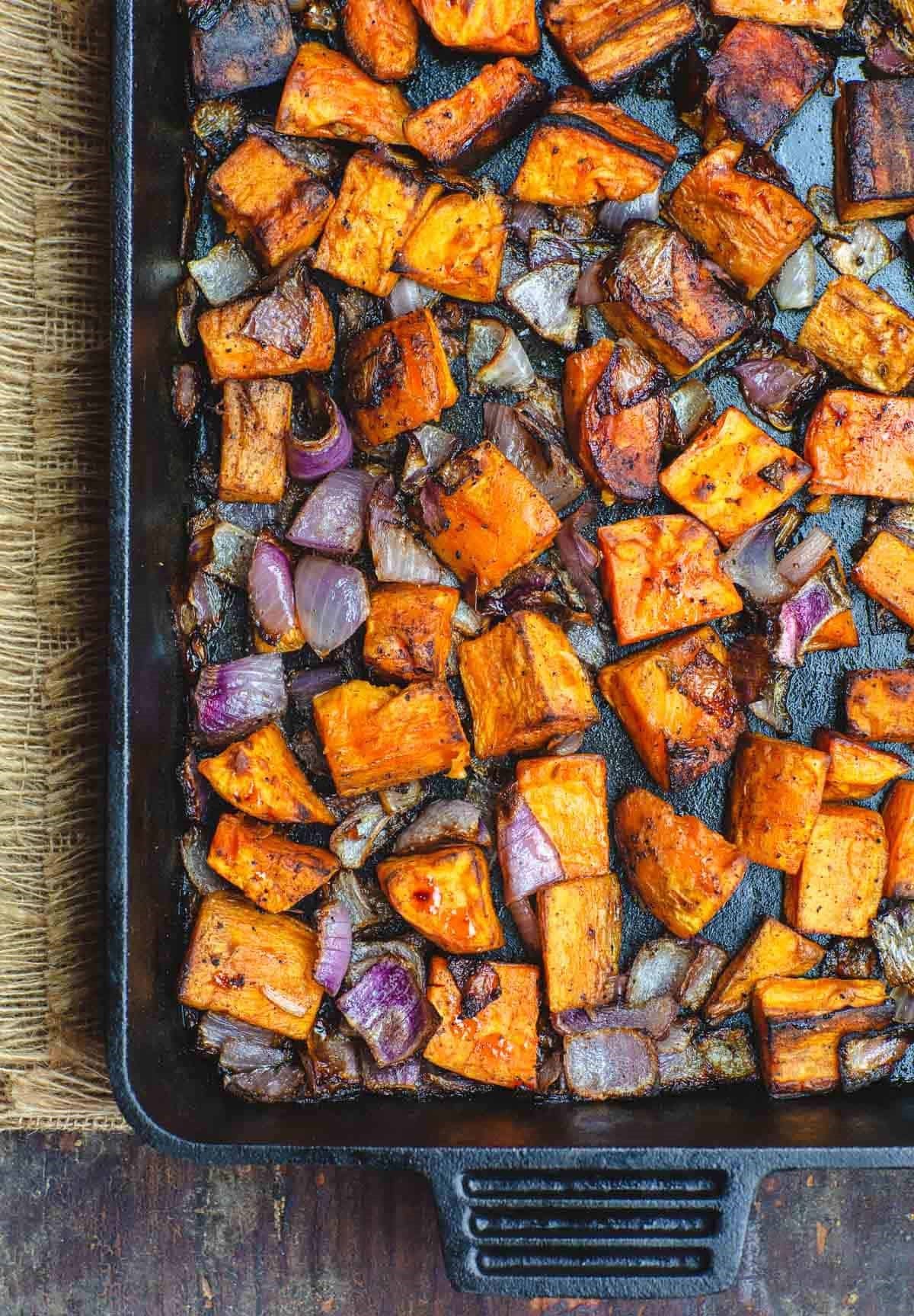
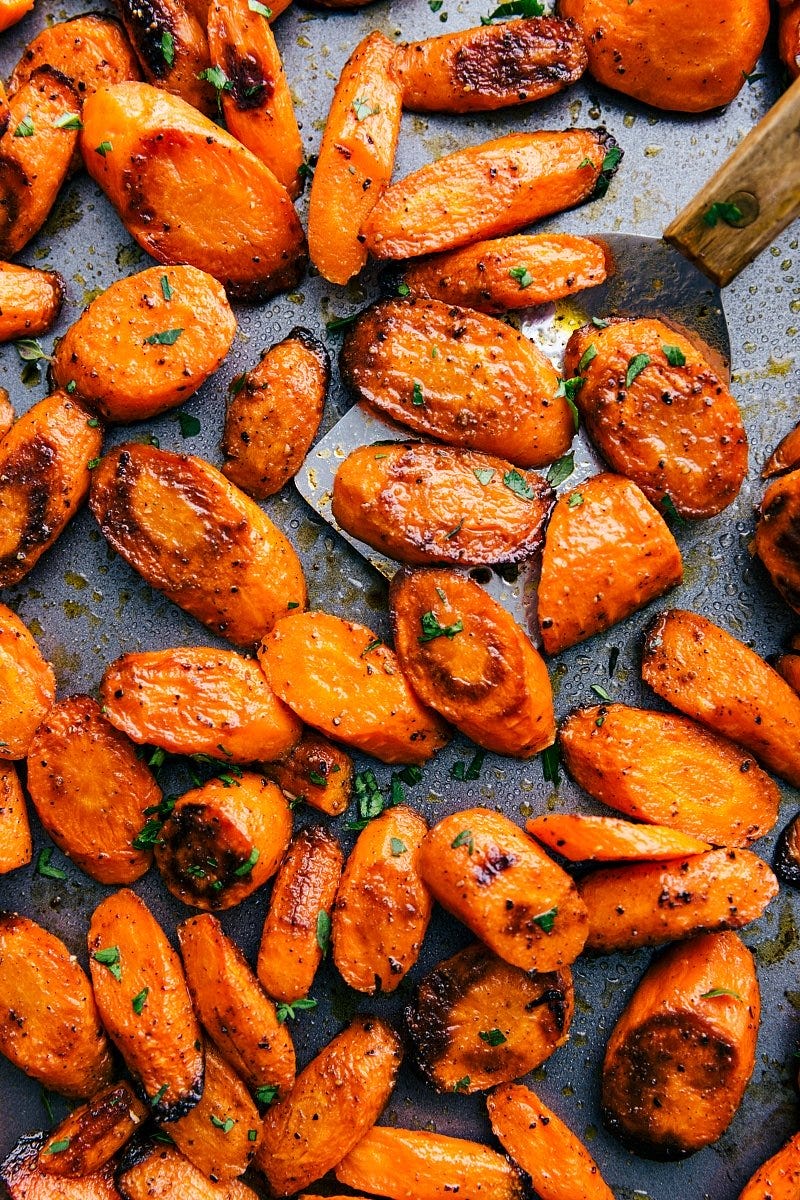
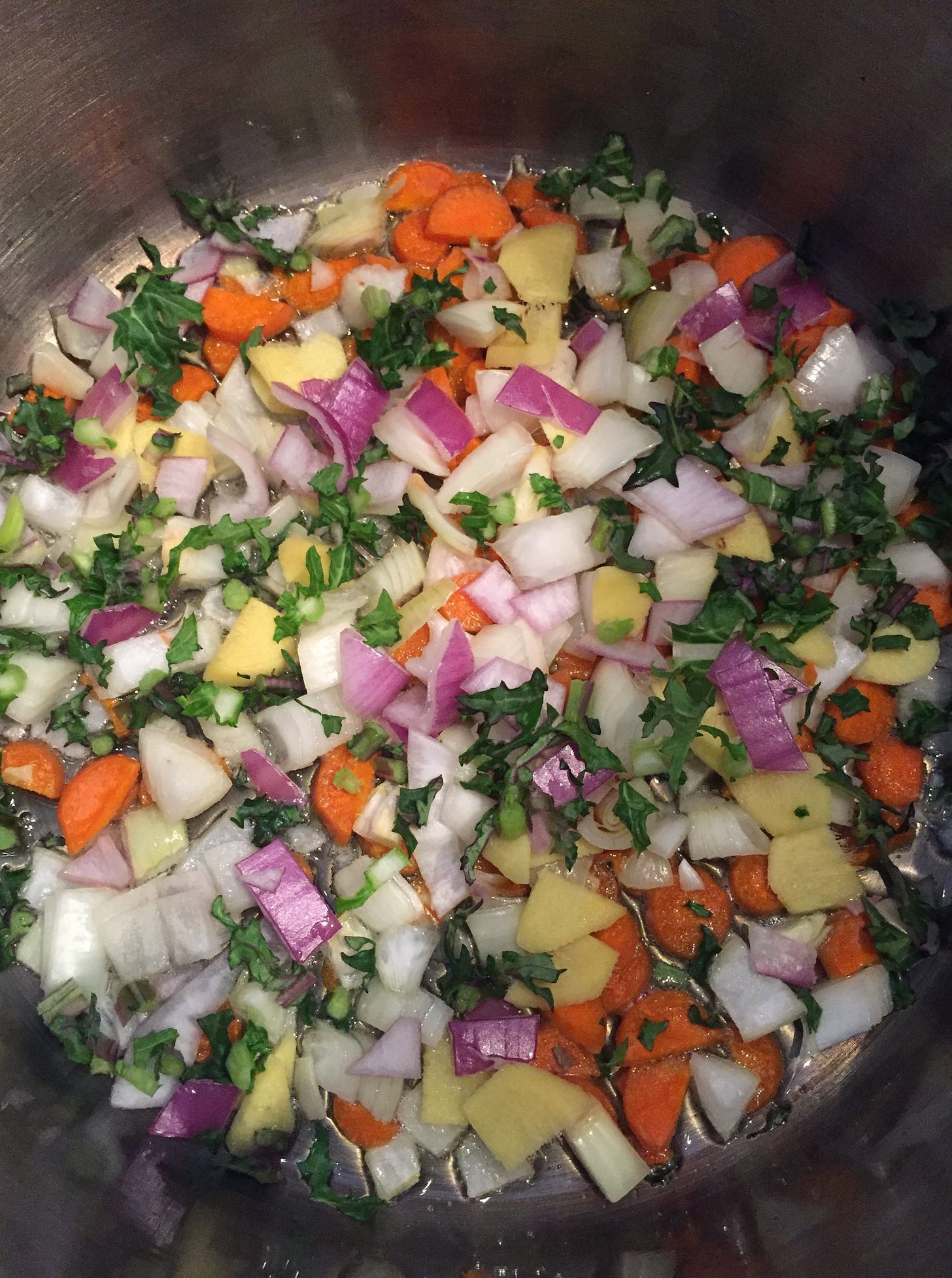
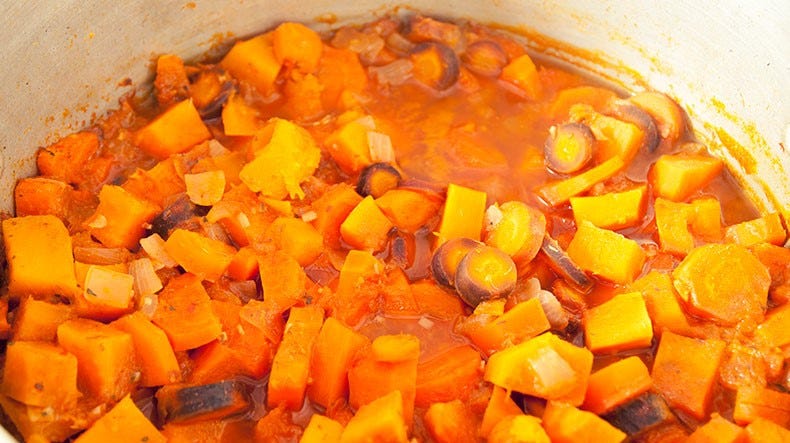


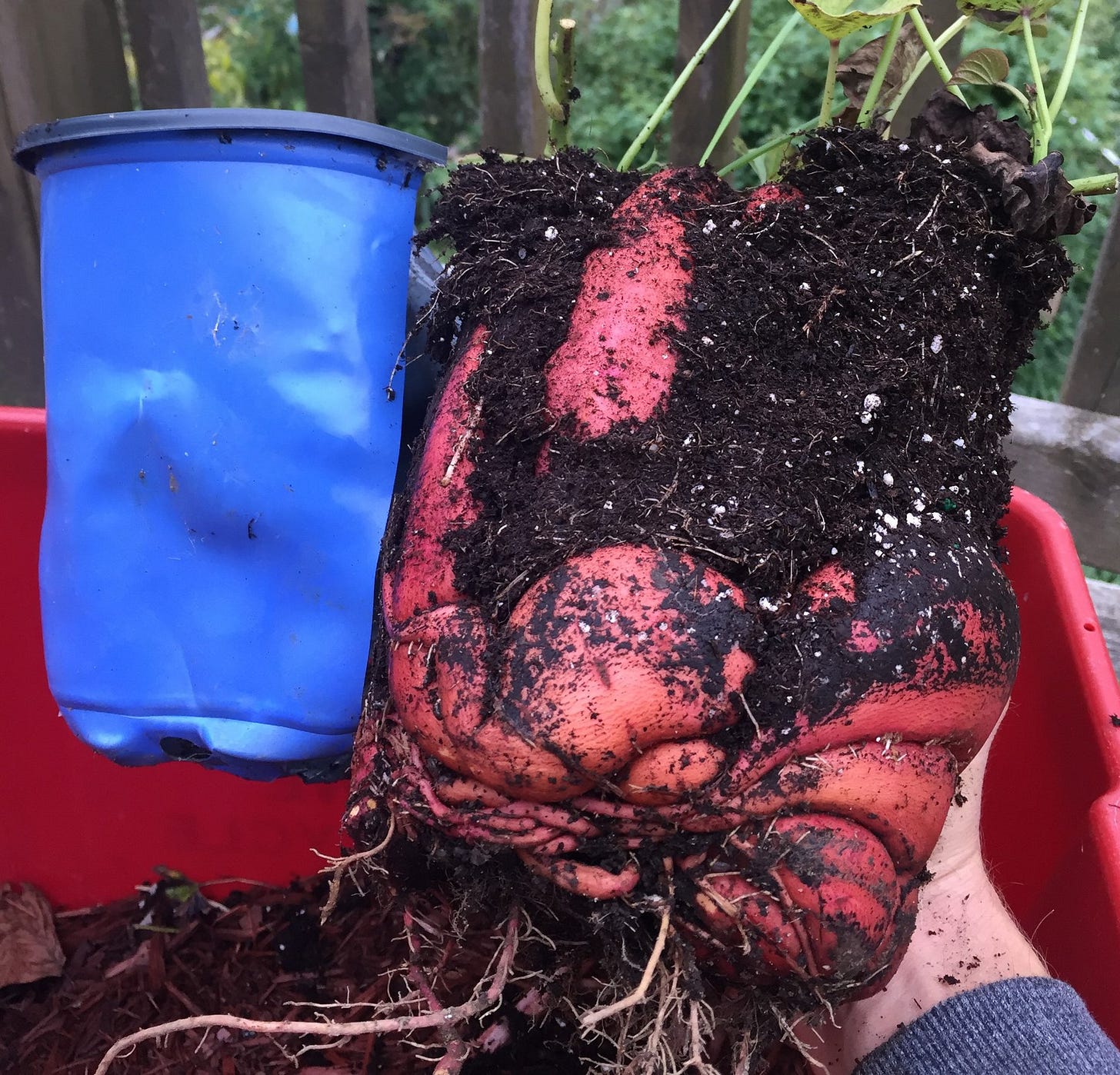
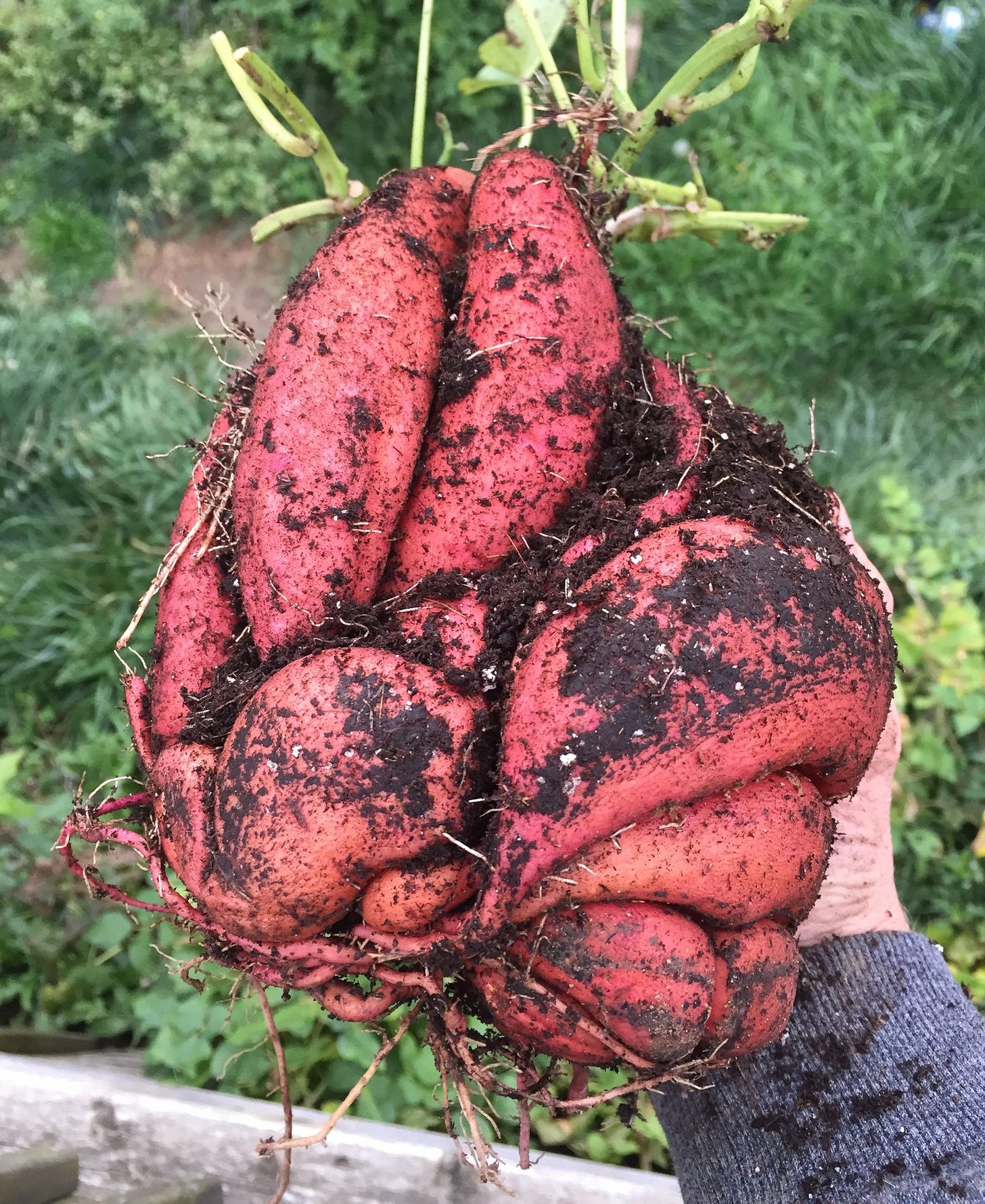


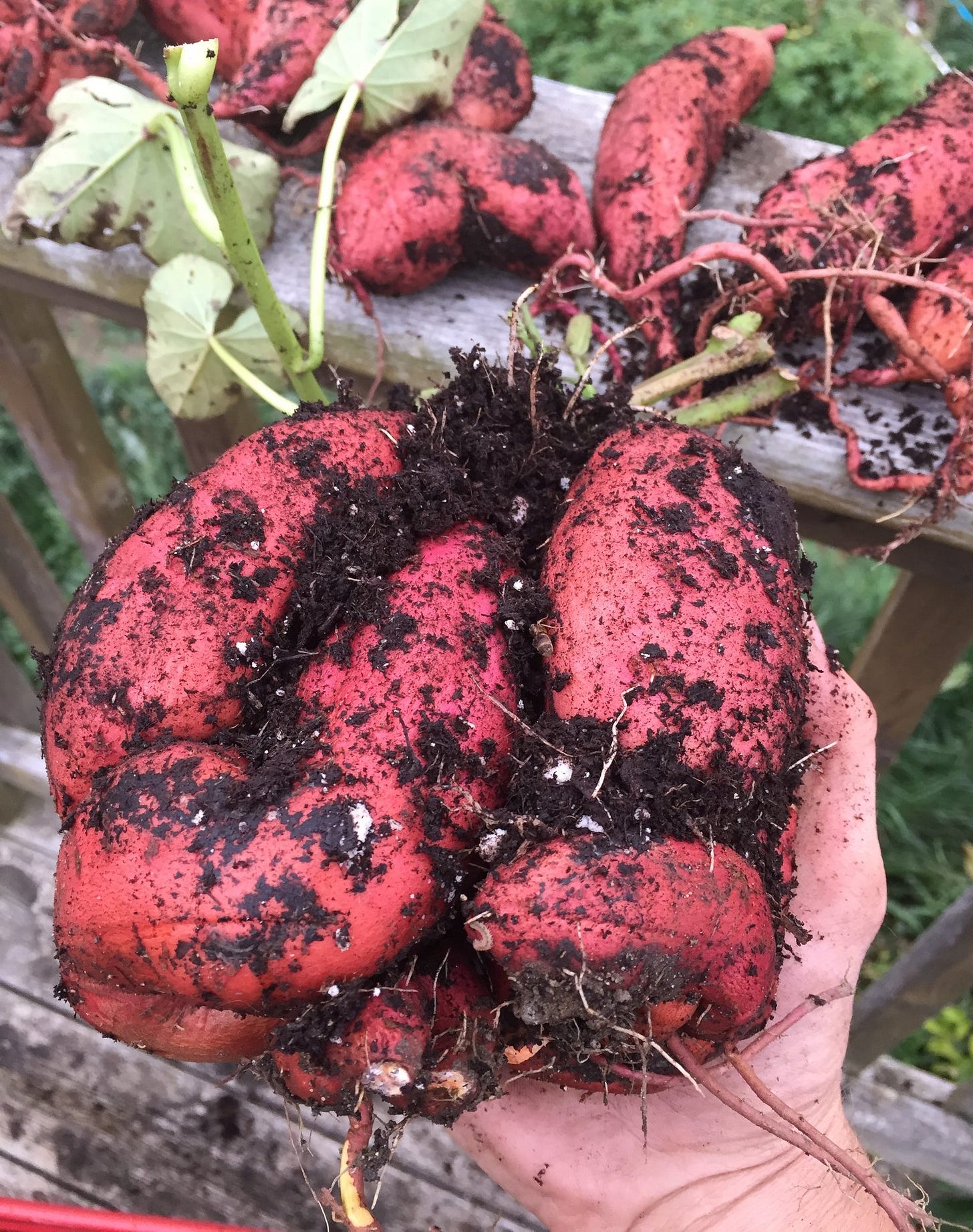

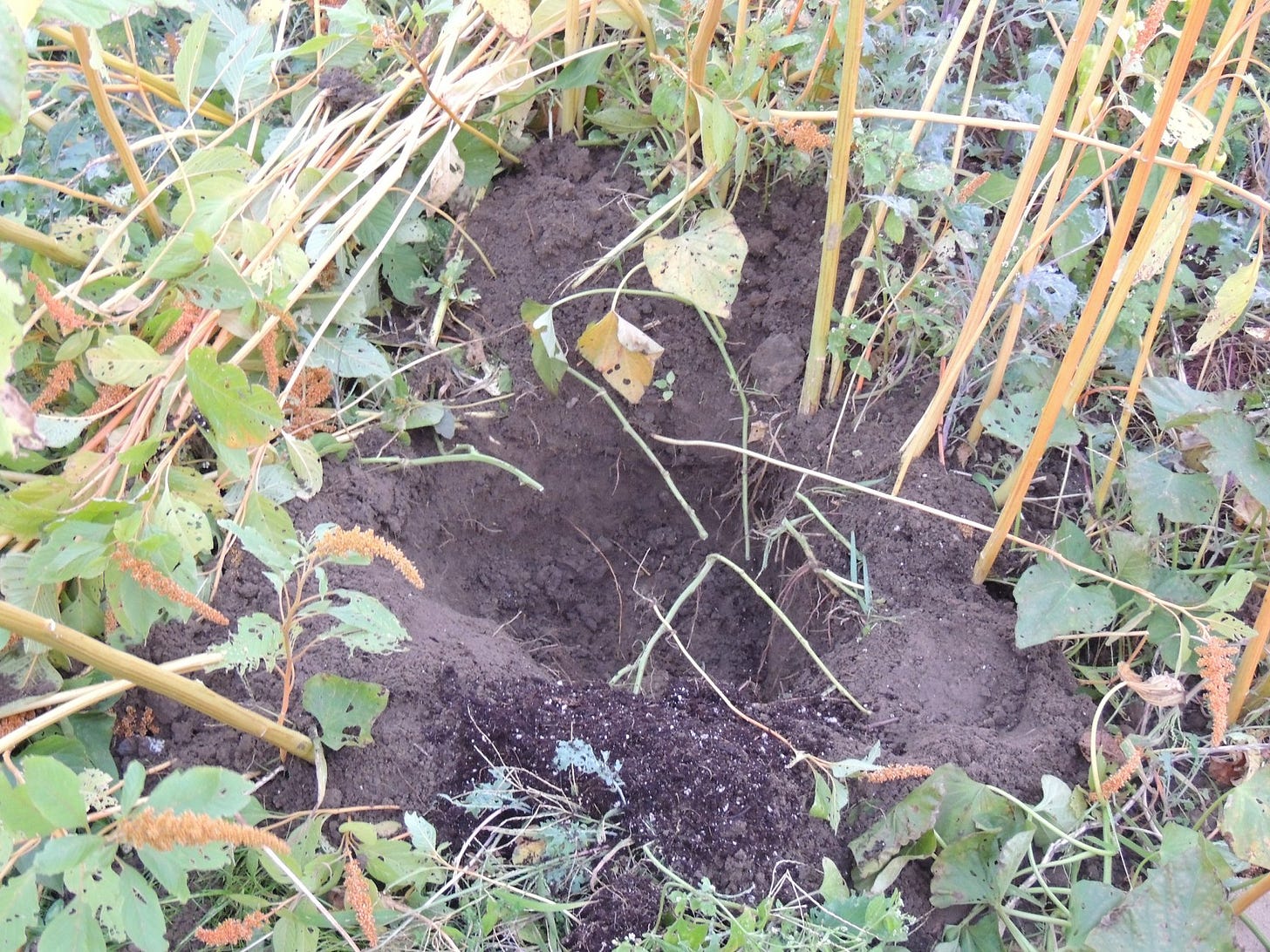


We are eating lots of our home grown sweet potatoes at the moment. Glad to get another recipe for enjoying them, your recipe looks delish! Have you tried them fermented yet? Last year I made West African Sweet Potato Ferment and gave most of it away to friends and neighbors because I had way too much. It was a big hit! The goats absolutely love the vines and they thrive as long as I keep watering them, which is well worth it because the goats don’t have a lot of forage at the end of summer, so they devour those vines like juicy noodles. 😁
when will your book be in print?